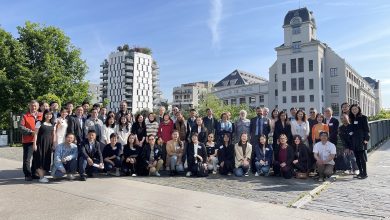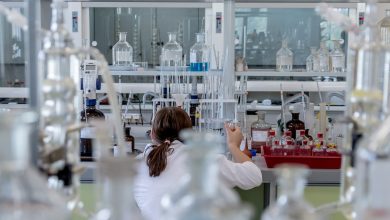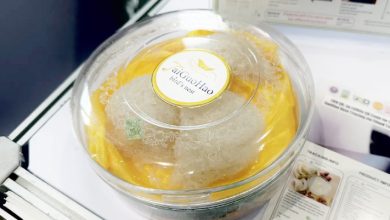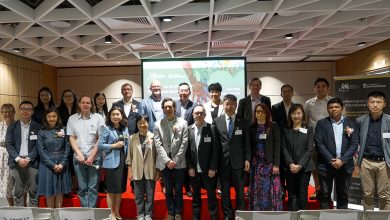NUS researchers developed a new cancer testing method that makes regular monitoring affordable
The S$50 blood test has high sensitivity, comparable to the gold standard CT scan
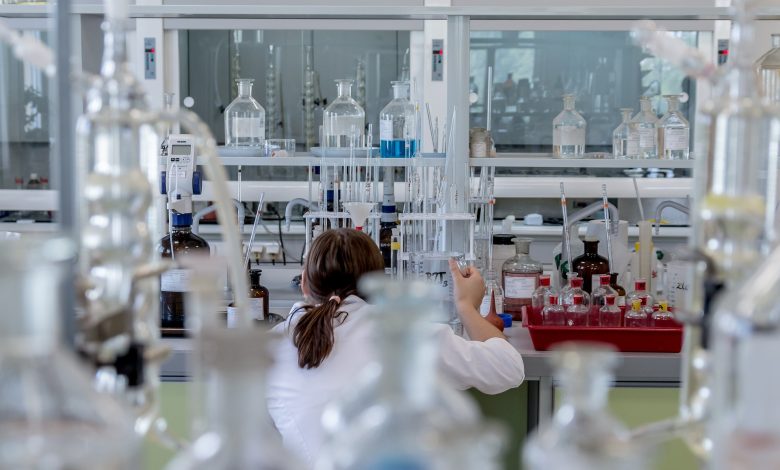
Scientists from the National University of Singapore (NUS) have discovered a novel low-cost method of testing for cancers. Called the Heatrich-BS assay, this new test sequences clinical samples that have been heated in order to isolate cancer-specific signatures found in a patient’s blood.
The new method provides a promising non-invasive alternative to tissue biopsies. It costs around S$50 from start to finish, compared to other sequencing methods that can cost up to S$1,000 to conduct. Led by Assistant Professor Cheow Lih Feng, the team comprising researchers from the NUS Department of Biomedical Engineering under the College of Design and Engineering as well as the NUS Institute for Health Innovation & Technology, is now exploring industry partnerships to bring their technology to market.
“When you have a S$50 test, it opens up a lot of avenues because it is affordable, so you can do the test quite regularly,” said Asst Prof Cheow, pointing to the potential for their assay to be used in regular cancer monitoring.
Liquid biopsies for cancer
Current methods of testing for cancers can suffer from a lack of sensitivity or from being too expensive to be used for regular screening. The DNA in our blood, the genetic information that tells our cells how to synthesise proteins and other important biological building blocks, is produced by different organs in our body. Cancer cells also release DNA into the bloodstream that can be detected by analysing blood samples, known as liquid biopsies. However, sifting through all the genetic material in a sample – a method called whole-genome sequencing – can be expensive and labour intensive.
Some clinicians instead target cancer-specific signatures in cell-free DNA, almost like hunting for specific faces in a large crowd of people instead of inspecting every single individual. Yet, even such methods can be imperfect, Asst Prof Cheow explained. “Some patients may have cancer signatures that look slightly different and allow them to slip through the screening process,” he said.
To read more : NUS News

